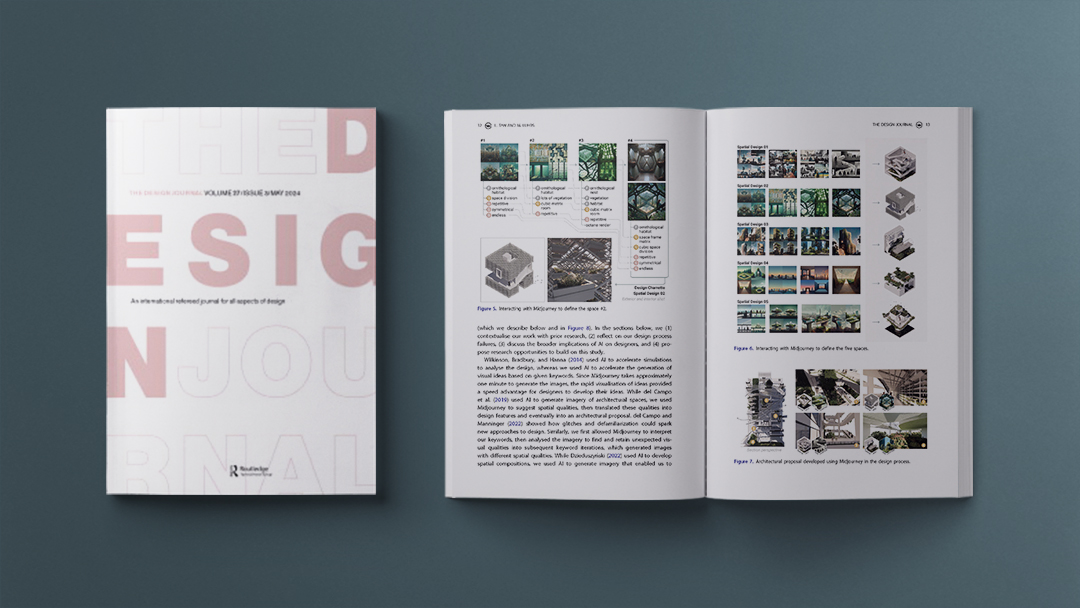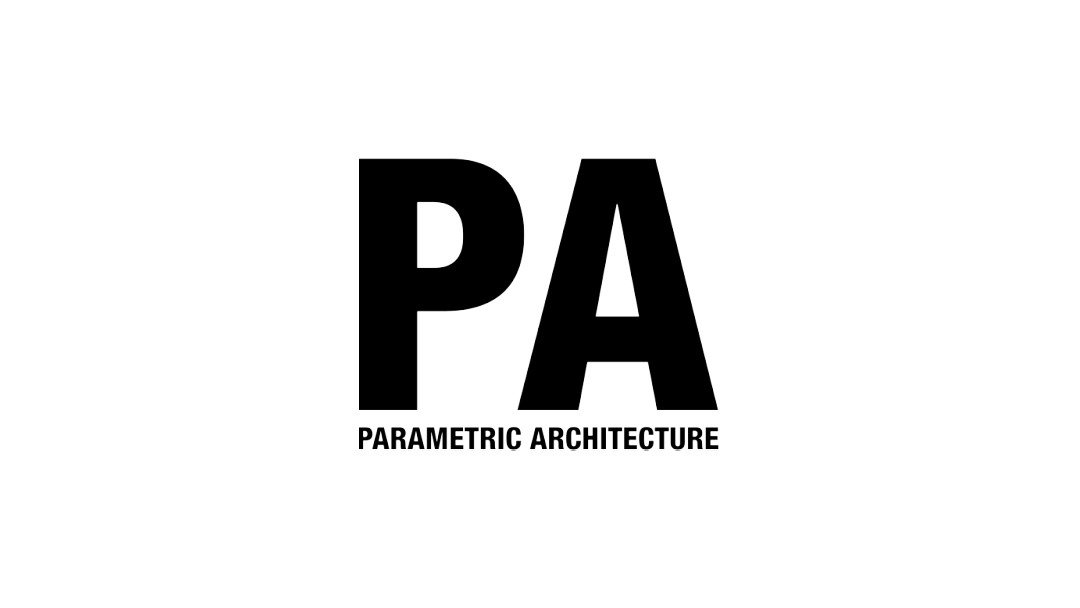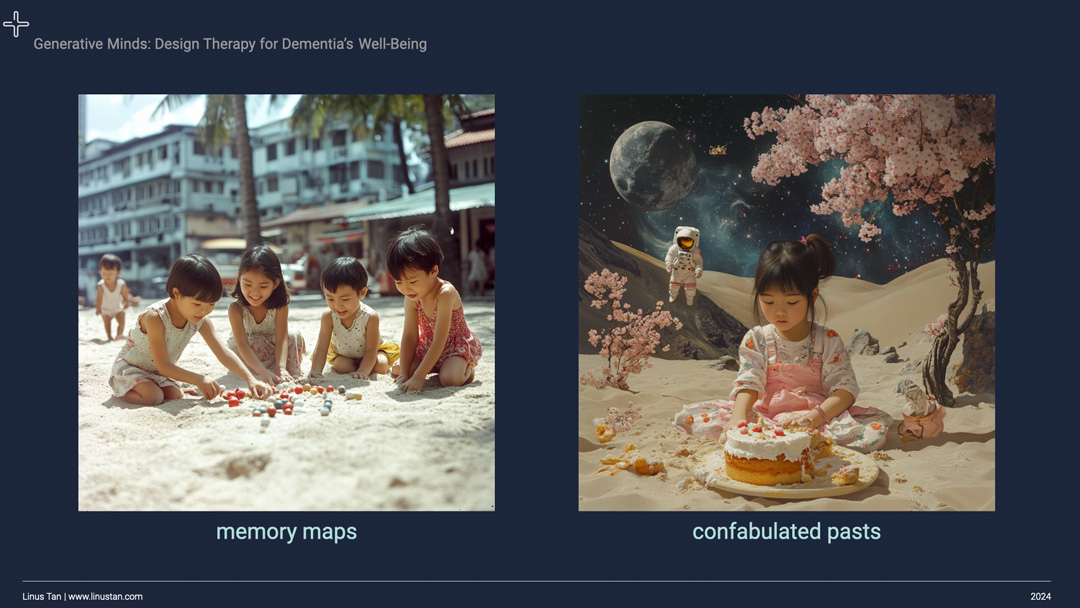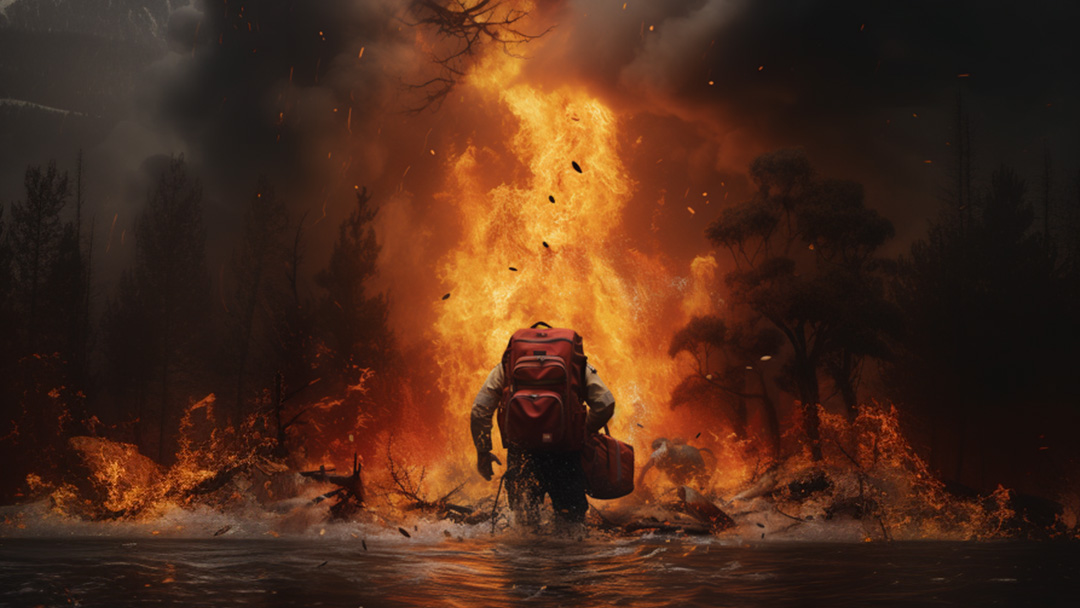Linus Tan, Ph.D.

Hello, I’m Linus.
I am an academic in architecture and design at Swinburne University of Technology.
I research how architects and design teams think, behave, and learn. I also explore how Generative AI transforms their cognitive processes, behaviors, and learning methods.
PS: My website is not finished always growing.

Recent publications | All publications

Using GenAI Midjourney to Enhance Divergent and Convergent Thinking in Architectural Design
in The Design Journal
Trending and Most read article
Architects use a range of tools, from the traditional pencil to Virtual Reality technologies to prototype and articulate their creative designs. In recent years, Generative Artificial Intelligence (GenAI) software has reached the mainstream and there is an exponential appearance of GenAI images that portray architectural designs. This article documents an architectural design methodology that uses Midjourney, a text-to-image GenAI software, as a design tool that enhances architects’ creativity.

Inspiration or indication? Evaluating the qualities of design inspiration boards created using Generative AI
in Design Conference 2024
This study explores the application of image generative AI to support design process by creating inspiration boards. Through an evaluative study, we compare the diversity, quantity, fidelity, and ambiguity of boards generated by image generative AI and traditional methods.

Accelerating future scenario development with text-based GenAI (ChatGPT)
in Computer-Aided Architectural Design Research in Asia (CAADRIA) Conference 2024
This study describes the integration of Generative Artificial Intelligence (GenAI) into a design workflow that envisions future scenarios for concept development. While image-based GenAI tools like MidJourney and Stable Diffusion have garnered attention from designers for their ability to visualise ideas rapidly, integrating textual GenAI, like ChatGPT-3.5, in design workflows has been less explored. This case study investigates how future thinking techniques can be digitised and accelerated using ChatGPT-3.5 to create a textual GenAI-embedded design workflow.
Engagements | All engagements
AI Learning series:
Using GenAI to refine assessment rubrics
Workshop for educators | 21 August 2024
Discover the potential of Generative AI in refining assessment rubrics and feedback in higher education. In this one hour workshop, we will apply AI tools to develop assessment criteria and assessment bands descriptions. This practical application is to enhance assignment clarity, creating exemplar works for each assessment bands, and improve feedback efficiency.
Generative Minds:
Design Therapy for Dementia’s Well-being
Research pitch for Dragon’s Den | 23 August 2024
This intenvention research project uses Generative AI tools to help seniors with Alzheimer’s co-create meaningful visualisations of their memories and imaginations with their family members. Using design as therapy, this project shifts the emphasis from mental impairment to the power of imagination. Through workshop sessions with patients and their families, Generative Minds offers a new way to connect, inspire, and enhance the well-being of those navigating this challenging journey.
Queer Excellence:
LGBTQIA+ Allyship training
Training for professionals | 28 August 2024
This training by Pride in Diversity focuses on creating a safe and inclusive environment for everyone, free from harassment and discrimination. It provides participants with an understanding of the importance of LGBTIQIA+ inclusion and explores the challenges often faced by such individuals, as well as the effects of harassment and discrimination in the workplace.
TEDx Talk:
Changing our creative flow for GenAI
Presentation for general public | 12 September 2024
As Generative AI technologies evolve, they not only become more efficient at mimicking human creativity, but also fundamentally challenge our approaches to this complex trait. Do outputs from Generative AI truly qualify as ‘creative’? How are our creative inputs being amplified or diminished by these technologies? And finally, how must we adapt our creative skills to maximise the benefits of AI-augmented creativity?
Teaching and supervisions | All teaching
Higher degree by research
GenAI in Design Sensemaking
This industry-based research investigates How can designers use AI to augment their sensemaking capabilities for understanding user, stakeholder and system needs in the discovery phase of design projects?
- Supervision team: Jeni Paay, Linus Tan
GenAI for Architectural Co-Design
This research employs Design Research Methodology to examine How can image GenAI influence and transform early phases of a collaborative design process for innovative and creative placemaking?
- Supervision team: Charlie Ranscombe, Linus Tan
GenAI Aircraft Design Optimisation
This research investigates the intersection of design-driven innovation, generative artificial intelligence (GenAI), and the role of designers acting as key interpreters in new product development (NPD). The research explores how leveraging GenAI in the metaproject phase of NPD by augmenting designers acting as key interpreters can increase their capacity to foster radical innovation and the success of these innovations.
- Supervision team: Anita Kocsis, Linus Tan
Indigenous Wisdom in Design
This research employs pluriversal design to learn from Traditional ecological knowledge (TEK), which is informed by ‘slow knowledge’ that was place-based and embedded within local cultures (Orr 2004; Papanek 1995), and towards the pluriversal futures where no living being exists independently of the Earth and where humans and non-humans are in ever-changing entanglements as a part of the Earth’s vital forces and processes (Escobar, 2015).
- Supervision team: Anita Kocsis, Linus Tan
Postgraduate subjects
Architecture Design Thesis
This subject guides design students become experts in designing architecture and urban areas by interrogating social and community challenges related to design. Students learn to research independently, then develop a well-thought-out design strategy. They also create physical and digital models, evaluate them, and clearly present their ideas and processes, demonstrating how they integrated different knowledge like environment, materials, and culture into a holistic design proposal.
Architecture Design Research C
This subject facilitates students to improve their creative thinking by developing and refining speculative design ideas that address complex, modern global issues. They will use flexible learning skills to handle unpredictable results and link difficult or opposite elements, learning from mistakes through design interactions while using architecture or urban design to solve design and research challenges.
Design-led Research
This subject teaches students a method where design activities are used to explore and gain knowledge. Students will create and reflect on design projects, considering how they fit within social, cultural, and technological settings, while using design to investigate questions and find solutions.
view Studio (Un)Real: Pluriversal v1
Applied Innovation Studio
This subject facilitates learning and practising design, focusing on prototyping skills. Students enhance their innovative approaches and use of technology in design, storytelling, and making to create future-focused design outcomes.
Design Technology
This subject facilitates learning and practicing design, focusing on developing technical, creative, and communication skills. Students enhance their innovative approaches and use of technology in design, understanding spatial, material, and economic aspects, and exploring new material and digital fabrication methods.
Undergraduate subjects
Architecture Design Studio 1
In this subject, students learn about medium-sized projects and design methods, using 2D drafting and 3D modeling for communication. They will also gain knowledge of structures and sustainability, articulate their design intentions, and understand key concepts in architectural history, color theories, and planning.
Architectural Communication 2
In this subject, students design installations that communicate with occupants, blending technology and human interaction. Over twelve weeks, students explore different ways design represent hidden meanings, create animated prototypes, and study design elements as parts of dynamic systems, enhancing their understanding and skills in viewing space as interactive networks.













